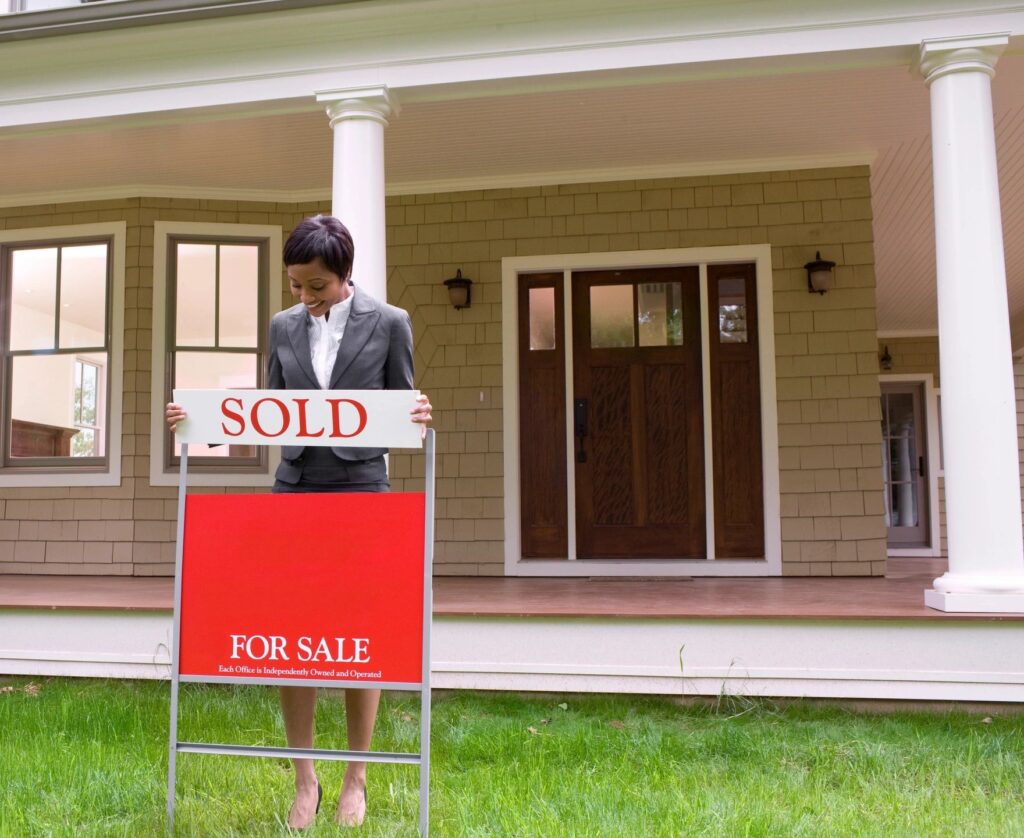
When preparing to sell your home, homeowners often believe extensive renovations will boost their property’s market value. However, not all updates are beneficial. Some improvements can actually diminish your home’s appeal and potentially reduce its selling price.
Highly personalized renovations pose significant risks in the real estate market. Buyers want to envision themselves in a space, which becomes challenging when confronted with extremely bold paint colors, custom-built features, or specialized rooms that cater to very specific personal tastes. A home theater with built-in equipment or elaborate landscaping might reflect your unique style but can repel potential buyers looking for a more neutral, adaptable living space.
Luxury upgrades in moderate neighborhoods rarely recoup their full cost. A gourmet kitchen or high-end bathroom might seem like a valuable investment, but buyers in average-priced areas won’t pay a premium for top-tier features that stand out from the neighborhood’s standard offerings.
Swimming pools frequently deter buyers rather than attract them. These features represent ongoing maintenance costs, safety concerns for families with young children, higher insurance premiums, and significant upkeep expenses. Most potential homeowners view pools as a burden rather than a desirable amenity.
Converting garage spaces can dramatically reduce a home’s appeal. Most buyers prefer functional garage areas for vehicle storage, workshops, additional storage, or potential workspace. A converted garage limits these practical uses and can make your home less attractive to a broader range of buyers.
Technology-specific installations quickly become outdated. Built-in charging stations, complex smart home systems, or highly specialized technological infrastructure might not align with potential buyers’ preferences or current technological ecosystems.
Do-it-yourself renovations can be particularly problematic. Poorly executed updates are immediately noticeable to potential buyers. Uneven paint lines, imperfect tile work, inconsistent finishes, and signs of amateur craftsmanship can significantly decrease perceived home value. Professional-looking updates are crucial when preparing to sell.
The key to successful home preparation is restraint. Focus on minor, strategic improvements, neutral color palettes, basic maintenance and repairs, and thorough cleaning and decluttering. Consulting with a real estate professional can provide targeted advice specific to your local market, helping you understand which updates will genuinely add value and which might inadvertently decrease your home’s marketability.
The Bottom Line: Ultimately, the goal is to present a clean, well-maintained home that allows potential buyers to imagine their own future within its walls. By avoiding overly personalized or excessive renovations, you increase the likelihood of a successful and profitable sale.

 See Our National Coverage Map
See Our National Coverage Map